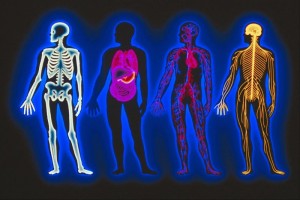The study of Anatomy & Physiology is an integral part in the field of nursing. The main concern of anatomy & physiology is the study of organisms and their parts, as well as their uses. It is a field in medicine where functions of specific organs are studied and dissected.
Anatomy, however, is sometimes divided into three categories, namely: Superficial, Comparative and Artistic. These categories comprise much of the study of anatomy, but we will have to examine these types in relation to the nursing course and see why anatomy or even physiology should have its place in the nursing profession.
Superficial or Surface Anatomy
This study in anatomy concerns itself with anatomical landmarks that can be seen from the exterior. By looking into certain contours on the body, a nurse can diagnose a patient better by determining what goes inside a person. Superficial is a directional term, meaning that structures located on the surface have its roots within a person’s body.
Comparative Anatomy
This is anatomy that seeks to compare patterns from two entities, the gross and the microscopic, to see if there are discrepancies or abnormalities in its anatomical structures. By comparing it, nurses will be able to assess the state of their patient through patterns. These then may have some similarities or differences between the two.
Artistic anatomu
As the term suggests, this is a category in anatomy that aims to put explanation on patterns based on artistic reasons. The intangible, so they say, can have deep and diverse effect on people. Placed on a nursing perspective, this type of anatomy enables nurses to go beyond the conventions of medical care through artistic means.
These are a few of the many categories that can be associated with anatomy & physiology; studies that can integrate, and at times put emphasis, in the field of nursing.
